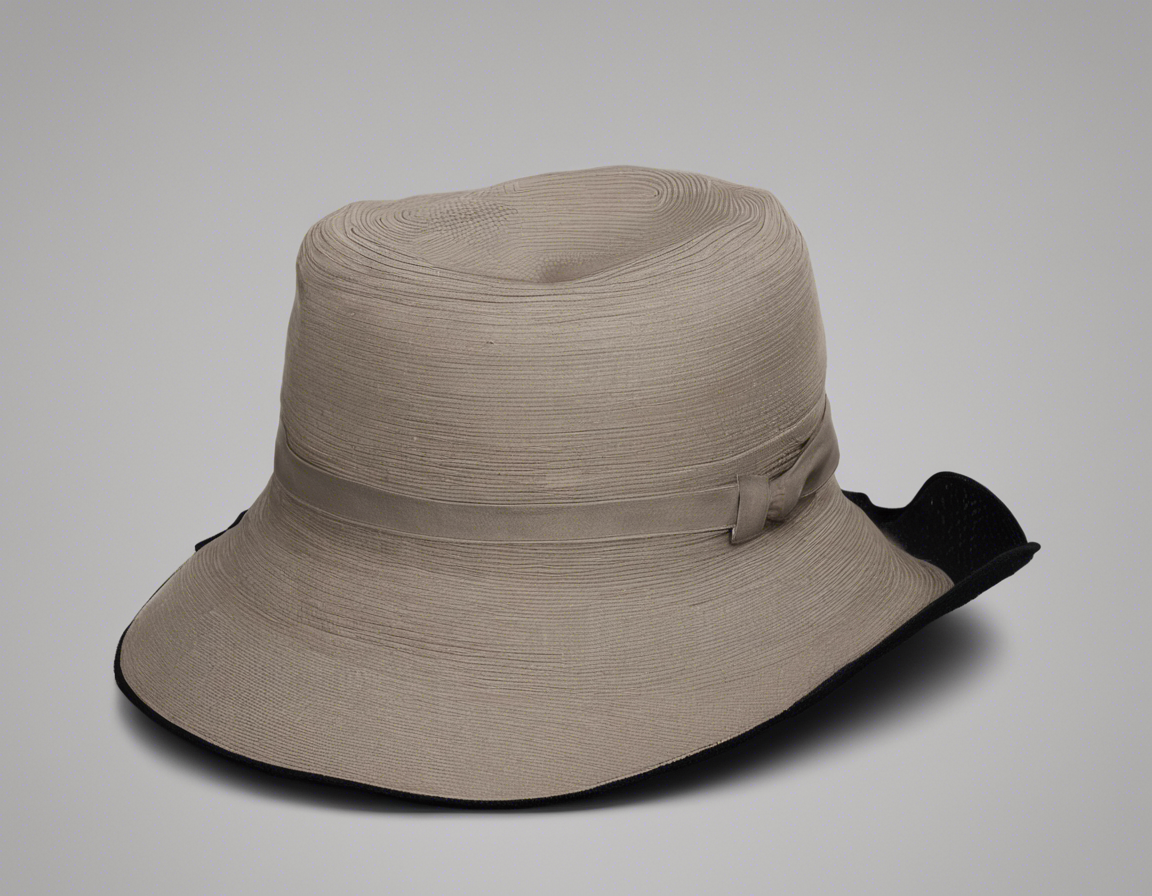Introduction
The Nazi hat, also known as the “Nazi peaked cap” or “SS officer’s cap,” has become a symbol of controversy and debate. Once a standard part of the uniform worn by high-ranking Nazi officials during World War II, this particular headgear has taken on a larger significance in modern times. From its portrayal in movies and TV shows to its appearance in fashion trends, the Nazi hat continues to spark discussions about history, politics, and ethics.
The History of the Nazi Hat
The Nazi hat was a distinctive part of the uniform worn by members of the Nazi Party and the SS (Schutzstaffel) during the Third Reich in Germany. The design featured a high, black cap with a shiny visor and the Nazi eagle and swastika emblem on the front. This hat became synonymous with the power and authority of the Nazi regime and was often worn by high-ranking officers such as Heinrich Himmler and Reinhard Heydrich.
The Symbolism of the Nazi Hat
The Nazi hat is a potent symbol of the atrocities committed by the Nazi regime during World War II. It serves as a visual reminder of the Holocaust, the war crimes, and the systemic oppression carried out by the Nazis. As such, the mere sight of the Nazi hat can evoke strong emotions of anger, fear, and sorrow in many people, especially those directly affected by the events of that time.
Controversies Surrounding the Nazi Hat
The wearing of the Nazi hat, whether as part of a historical reenactment, a fashion statement, or a political statement, is often met with criticism and outrage. Critics argue that wearing such a symbol glorifies the actions of the Nazis and shows a lack of respect for the victims of the Holocaust. They believe that the Nazi hat should never be trivialized or used for shock value.
Legal Issues
In some countries, the display or use of Nazi symbols, including the Nazi hat, is illegal. Laws banning the display of Nazi symbols are in place in Germany, Austria, France, and other countries with a history of Nazi occupation or collaboration. Violating these laws can result in fines or even imprisonment, as the use of Nazi symbols is considered hate speech and incitement to violence.
The Nazi Hat in Popular Culture
Despite its controversial nature, the Nazi hat has made appearances in popular culture, from movies like “Schindler’s List” and “Valkyrie” to TV shows like “The Man in the High Castle.” The inclusion of the Nazi hat in these works is often carefully considered and serves to emphasize the historical context of the story being told.
The Fashion Industry
In recent years, the Nazi hat has made its way into the world of fashion, with designers incorporating elements of its design into their collections. This trend has sparked criticism and calls for boycotts, as many view the use of Nazi symbolism in fashion as offensive and inappropriate.
Ethical Considerations
The debate over the Nazi hat raises important ethical questions about the limits of free speech and expression. While some argue that individuals have the right to wear whatever they choose, others maintain that certain symbols, like the Nazi hat, carry too much historical weight to be worn casually or ironically.
Conclusion
The controversy surrounding the Nazi hat reflects the larger ongoing debate about how we remember and interpret the events of history. While some view the hat as a symbol of hate and oppression, others see it as a reminder of the dangers of extremism and intolerance. As we continue to grapple with the legacy of the Nazi regime, the Nazi hat remains a potent symbol of the complexities of history and memory.
Frequently Asked Questions (FAQs)
1. Is it illegal to wear a Nazi hat?
In some countries, including Germany, Austria, and France, the display of Nazi symbols like the Nazi hat is illegal and can result in fines or imprisonment.
2. Can the Nazi hat be worn for historical reenactments?
While historical reenactments may require the use of authentic uniforms and accessories, including the Nazi hat, it is essential to handle these symbols with care and respect for the historical context.
3. Why is the Nazi hat considered offensive?
The Nazi hat is offensive to many people because of its association with the atrocities committed by the Nazi regime, including the Holocaust and other war crimes.
4. Are there any restrictions on the sale of Nazi memorabilia, including the Nazi hat?
In many countries, the sale of Nazi memorabilia is regulated, and items like the Nazi hat may only be sold under certain conditions to prevent their use for hate speech or propaganda.
5. How can we educate future generations about the history of the Nazi regime without glorifying its symbols?
Educators and historians can teach about the history of the Nazi regime in a way that emphasizes its atrocities and the importance of learning from the past, without glorifying or trivializing its symbols like the Nazi hat.
